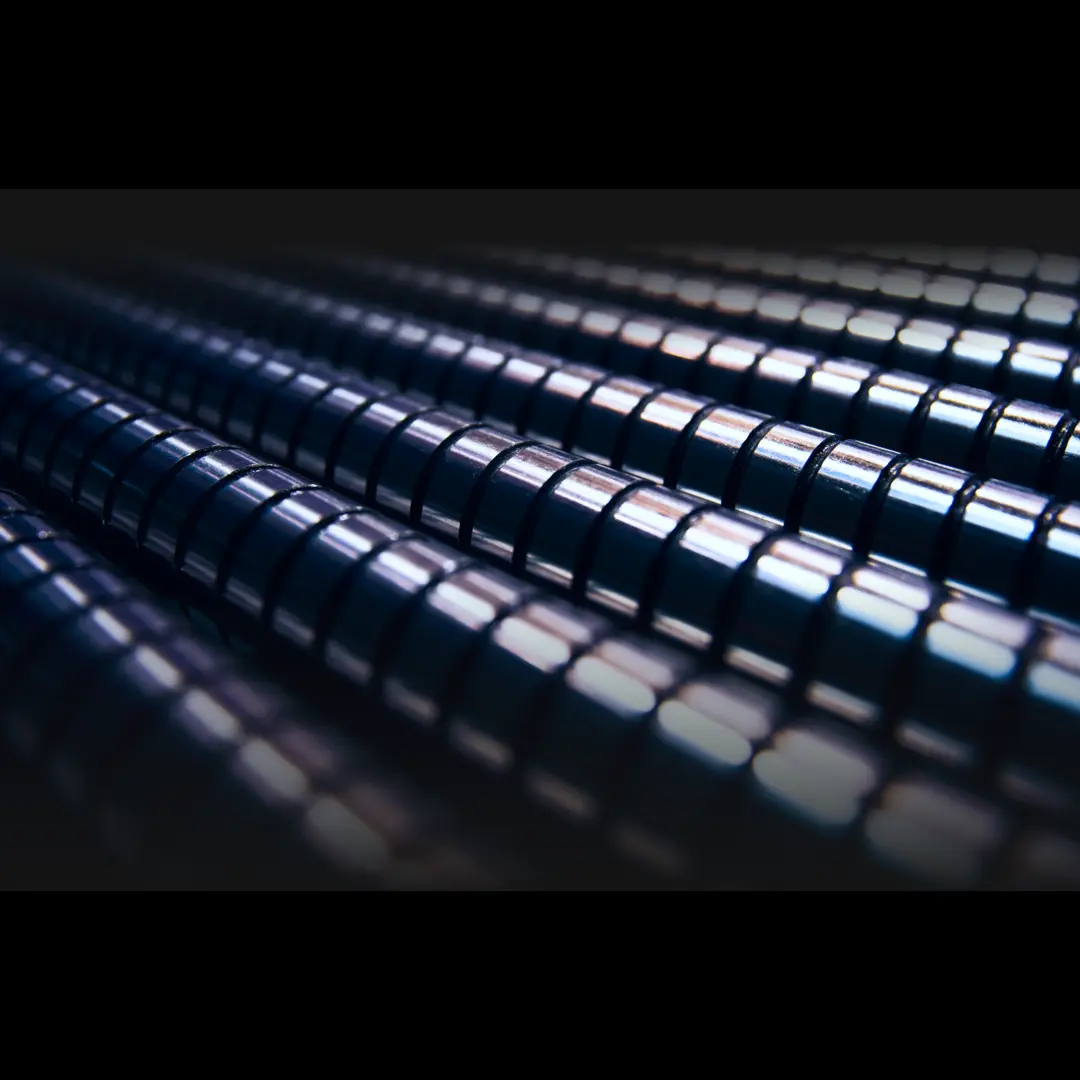A Complete Guide to Different Steel Grades: Properties, Advantages & Uses
Steel is one of the most versatile and widely used materials in modern industry. From construction to automotive, and from household appliances to heavy machinery — steel plays a crucial role in shaping our world. However, not all steels are the same. Understanding the different steel grades helps in selecting the right material for specific applications.
In this guide, we’ll compare the four major types of steel — Mild Steel, Carbon Steel, Alloy Steel, and Stainless Steel — and explore their unique properties, advantages, and uses.
1. Mild Steel
Overview
Mild steel, also known as low-carbon steel, contains a relatively small percentage of carbon (typically 0.05%–0.25%). It’s one of the most common forms of steel used across industries.
Key Properties
-
Easy to machine, weld, and fabricate
-
Ductile and malleable
-
Not very hard or brittle
-
Can be easily coated or painted for corrosion resistance
Advantages
-
Affordable and readily available
-
Excellent formability
-
Suitable for a wide range of fabrication processes
Common Uses
-
Structural components (beams, angles, channels)
-
Automobile body panels
-
Furniture frames
-
General fabrication and construction works
2. Carbon Steel
Overview
Carbon steel contains a higher percentage of carbon than mild steel — usually between 0.25% and 2%. The increase in carbon content improves hardness and strength but reduces ductility.
Key Properties
-
High tensile strength
-
Good wear resistance
-
Can be heat-treated to enhance performance
Advantages
-
Stronger than mild steel
-
Excellent for load-bearing applications
-
Cost-effective alternative to alloy steels
Common Uses
-
Cutting tools and blades
-
Springs and wires
-
Gears, shafts, and fasteners
-
Automotive parts and heavy machinery
3. Alloy Steel
Overview
Alloy steel is produced by adding other elements such as chromium, nickel, manganese, molybdenum, or vanadium to carbon steel. These alloys improve mechanical and chemical properties depending on the desired performance.
Key Properties
-
Superior hardness and strength
-
High resistance to corrosion and wear
-
Better heat resistance than plain carbon steels
Advantages
-
Customizable to suit various industrial needs
-
Excellent balance between toughness and durability
-
Performs well under extreme conditions
Common Uses
-
Power plant equipment
-
Pressure vessels and pipelines
-
Gears, shafts, and engine components
-
Aerospace and defense parts
4. Stainless Steel
Overview
Stainless steel is a corrosion-resistant alloy that contains at least 10.5% chromium. This chromium content forms a protective oxide layer on the surface, preventing rust and oxidation.
Key Properties
-
Excellent corrosion resistance
-
High strength and aesthetic appeal
-
Hygienic and easy to clean
Advantages
-
Long-lasting and low maintenance
-
Withstands moisture, chemicals, and high temperatures
-
Recyclable and environmentally friendly
Common Uses
-
Kitchenware and cutlery
-
Medical instruments
-
Chemical processing equipment
-
Architectural structures and marine components
Steel Comparison Table
| Type of Steel | Carbon Content | Corrosion Resistance | Strength | Cost | Common Applications |
|---|---|---|---|---|---|
| Mild Steel | 0.05–0.25% | Low | Moderate | Low | Construction, fabrication |
| Carbon Steel | 0.25–2% | Moderate | High | Medium | Tools, machinery |
| Alloy Steel | Varies | Medium–High | High | Medium–High | Industrial components |
| Stainless Steel | 10.5% Cr+ | Very High | High | High | Food, medical, marine |
Conclusion
Choosing the right steel grade depends on the specific requirements of your project — strength, corrosion resistance, cost, and workability.
-
For general fabrication, Mild Steel is the go-to choice.
-
When higher strength is required, Carbon Steel fits the bill.
-
For demanding environments, Alloy Steel offers tailored performance.
-
And for rust-free durability, Stainless Steel remains unmatched.
At Kinetic Industries, we specialize in high-quality steel products designed to meet industrial standards and performance expectations. Whether you need raw materials or custom-engineered components, we ensure consistent quality and reliability.


